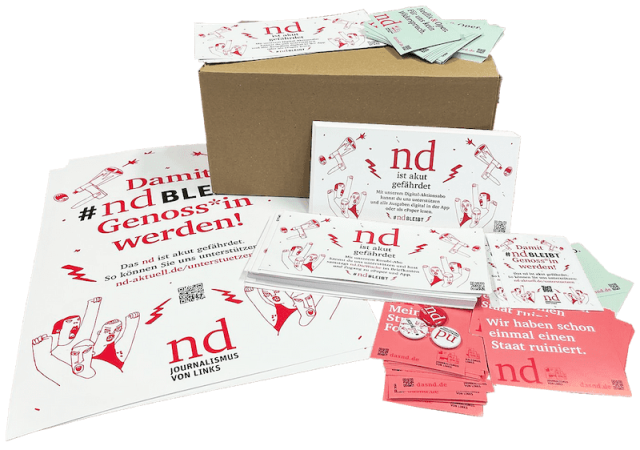Steffen, what is the difference between fruit and vegetables?
Well, that’s an interesting question. Actually, we always know exactly what fruit and what vegetables are, but you probably won’t find a sure definition. Because there is no useful criterion that applies to everyone. One could commonly say that everything that grows as a fruit on perennial plants is fruit and everything that grows as a part of a plant on annual or, at most, biennial plants is a vegetable. But that doesn’t work either: Rhubarb is considered a fruit and is definitely a part of a plant and not a fruit and it is usually an annual plant. The classifications that you could otherwise make – fruit can be eaten raw and vegetables have to be cooked – don’t always fit.
As you can see with tomatoes.
People like to eat tomatoes, peppers and carrots raw.
Dr. Schmidt explains the world
Stephanie Schoell
As a polymath of the nd editorial team, the science journalist Dr. Steffen Schmidt has an answer to almost every question – and if he doesn’t, he answers another one. All episodes can be listened to on: dasnd.de/schmidt
Is the sugar content a point that can be used as a guide?
In principle yes, but again with the exceptions. What we eat as fruit is usually sweeter, but there are glaring exceptions: the lemon is definitely fruit and is also definitely very sour. Whereas carrots tend to be sweet, and tomatoes can also contain a relatively high amount of sugar. There was once a genetically modified tomato plant that they bred so that it would not rot so easily and would be easier to transport when ripe. But it was so sweet that no one wanted it as a tomato, so it ended up in ketchup, which already has a lot of added sugar.
Then there is the concept of fruit. Is every fruit fruit, but not all fruit fruit?
We already had rhubarb, which is a fruit without actually being a fruit. On the whole, fruits are mostly fruits, but there are difficulties there too: We also have fruits that are berries, although they are comparatively huge, like pumpkins and melons. Things are very confusing again. Most people will probably consider pumpkins to be vegetables, but when it comes to melons, I’m not so sure you can make a decision. I would rather group honeydew melons under fruit. The whole thing is essentially a definition that is culturally established rather than biological or agronomic, I think.
As far as I know, the strawberry is not considered a berry at all, but rather a nut.
The little seeds probably count as nuts. Raspberries and blackberries are also not berries in the classic sense because they are a type of group fruit. Only with the strawberry can you see that the seeds are completely on the outside. With blackberries, on the other hand, they are all covered in pulp.
Then again, there are nuts that are not considered nuts at all, but rather podsfruit.
There are very strange things there. We say peanut, even though it’s really far from all nuts. This is a legume like the soybean or the common bean. A more blatant example is the cashew nut. When you see it on the tree, there is this bean-shaped kernel and on top there is a large yellow fruit, it seems. But biologists call it a false fruit because the core grows outside. Here, too, the kernel – like almonds or pistachios – is not a nut, but the kernel of a stone fruit.
If you see the plant larger it is easier to draw conclusions, but this is rarely the case.
When we see the stuff here in the store, we know relatively little about where it comes from. I think I’ve only known what kind of plant cashew nuts are for ten or 20 years.
#ndstays – Get active and order a promotional package

Regardless of whether it is pubs, cafés, festivals or other meeting places – we want to become more visible and reach everyone who values independent journalism with an attitude. We have put together a campaign package with stickers, flyers, posters and buttons that you can use to get active and support your newspaper.
To the promotional package
judi bola online link sbobet slot demo sbobet
